The Ultimate Design and Style Guide to Japan
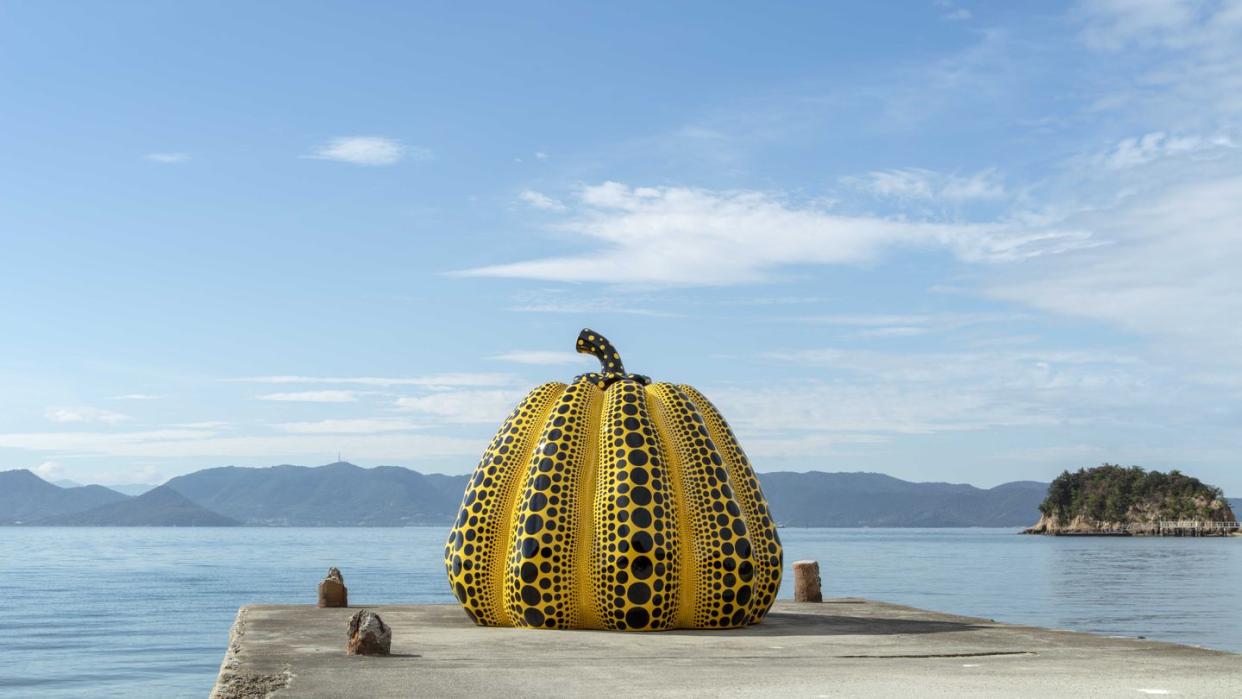
"Hearst Magazines and Yahoo may earn commission or revenue on some items through these links."
Here at ELLE DECOR, we couldn’t help but wonder recently: Is everyone we know going to Japan? For months, our social media has been overflowing with images and videos of this red-hot destination. One minute there is a bullet train blowing past Mount Fuji, the next an irresistible bowl of ramen, and last spring our phones blew up in an explosion of sugar pink—not Barbie but rather the enchanted spectacle of sakura, or Japanese cherry trees, in bloom.
A chunk of the ELLE DECOR A-List was there—Roman and Williams visiting with the Japanese artisans featured in their New York shop and gallery; Stephanie Goto touring Japan’s “art islands” with friends. And it wasn’t just the design community. Since Japan reopened its borders in October following two years of pandemic restrictions, tourism has been increasing exponentially, and the country is set to receive 20 million visitors this year, according to the Japan National Tourism Organization. Meanwhile, the U.S. dollar’s strength against the yen means that Japan is remarkably affordable for American travelers—in other words, that display-worthy set of handmade porcelain plates, or a chef’s knife with a sushi-grade blade from Kyoto’s Nishiki food market, or an Issey Miyake ensemble may finally be within budget.
Of course, Japan has always been a top destination for design nomads. Where else can you luxuriate one night in a five-star high-rise hotel designed by the renowned architect Tadao Ando and the next evening sleep on a tatami mat in a traditional Japanese inn? Whatever your pleasure, you’ll find it thoughtfully and exquisitely designed in Japan. And since you asked, here are some of our favorite destinations in Japan for lovers of design, architecture, style, and great food.
Order a Dish of Noodles on Ramen Street in Tokyo
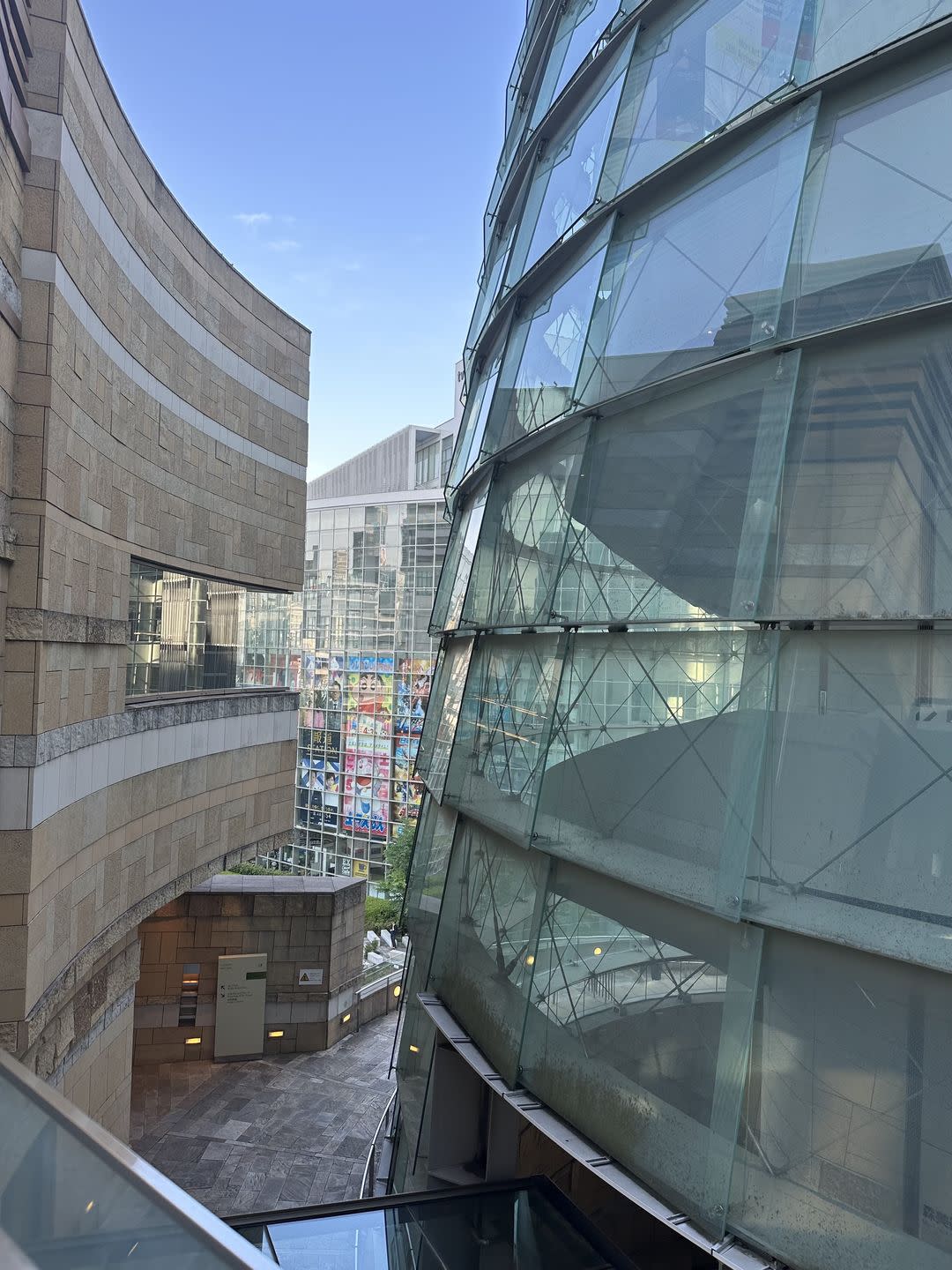
For many, Japan conjures dreams of zen gardens and hushed temples. So it can be a shock to the system to arrive in Tokyo and find the vibe is anything but serene. With 37 million residents, Tokyo is the biggest urban center in the world and the transparent size and density of the place can be daunting. Best to embrace the energy and marvel at just how well this megalopolis functions.
Start at Tokyo Station, a microcosm for everything Japanese—from Daimaru Tokyo department store, with its food hall filled with beautifully packaged mochi and rice crackers, to “Ramen Street,” an indoor corridor of noodle restaurants, and “Character Street,” a row of shops where you can stock up on your mascot, whether it’s Miffy, Hello Kitty, or Totoro.
Stay at the New Bulgari Hotel in Tokyo
Before you head to Shibuya Scramble Crossing, the world’s busiest pedestrian intersection, you’ll want to check into a hotel that is a respite from this high-charged urban environment. Several years before the pandemic, and with the Olympics on the horizon, Tokyo (and Japan in general) was determined to correct its chronic shortage of hotel rooms. Many new properties were planned—and then opened during the pandemic to crickets. That’s not a problem anymore; in fact, with tourism surging, the most popular hotels these days book up fast—be warned.
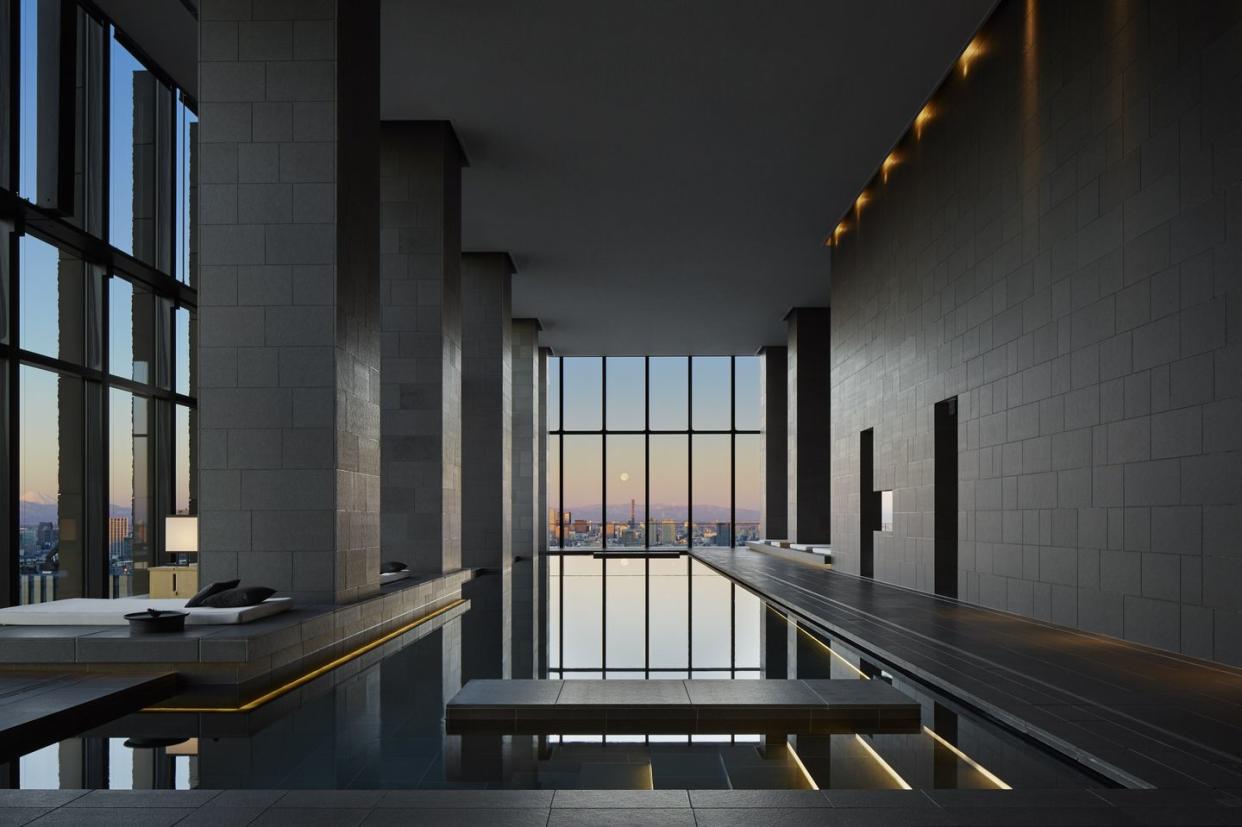
On the luxury end of the spectrum, the area around Tokyo Station is brimming with stunning properties. Newest on the scene is the Bulgari Tokyo, a dazzler by the Roman jewelry brand with views of the Imperial Palace, a Bisazza-tiled swimming pool, and a 1970 brooch of Mount Fuji displayed among other prized jewels in the lobby. Nearby, but radically different in feel, is the Aman Tokyo. Designed in 2014 by the late Australian architect Kerry Hill, this Aman redefined what a city hotel could be—from its 100-foot-high lantern-topped lobby to its spa with city views and a pool the length of a blue whale.
At the opposite end of the hotel spectrum, Trunk (Hotel), a boutique hotel in a peaceful pocket of Shibuya, which feels like an anomaly given the neighborhood, is one of Tokyo’s most action packed. The industrial-chic property has 15 guest rooms with furniture and amenities by local designers and artists (much of which is for sale in the excellent gift shop), and the lobby and outdoor terrace are perfect for hipster-spotting, Japanese style. Adjacent to the hotel is the casual Trunk (Kushi), an indoor/outdoor restaurant specializing in kushiyaki, or skewered meats and vegetables, and sake.
Shop at Dover Street Market in Tokyo
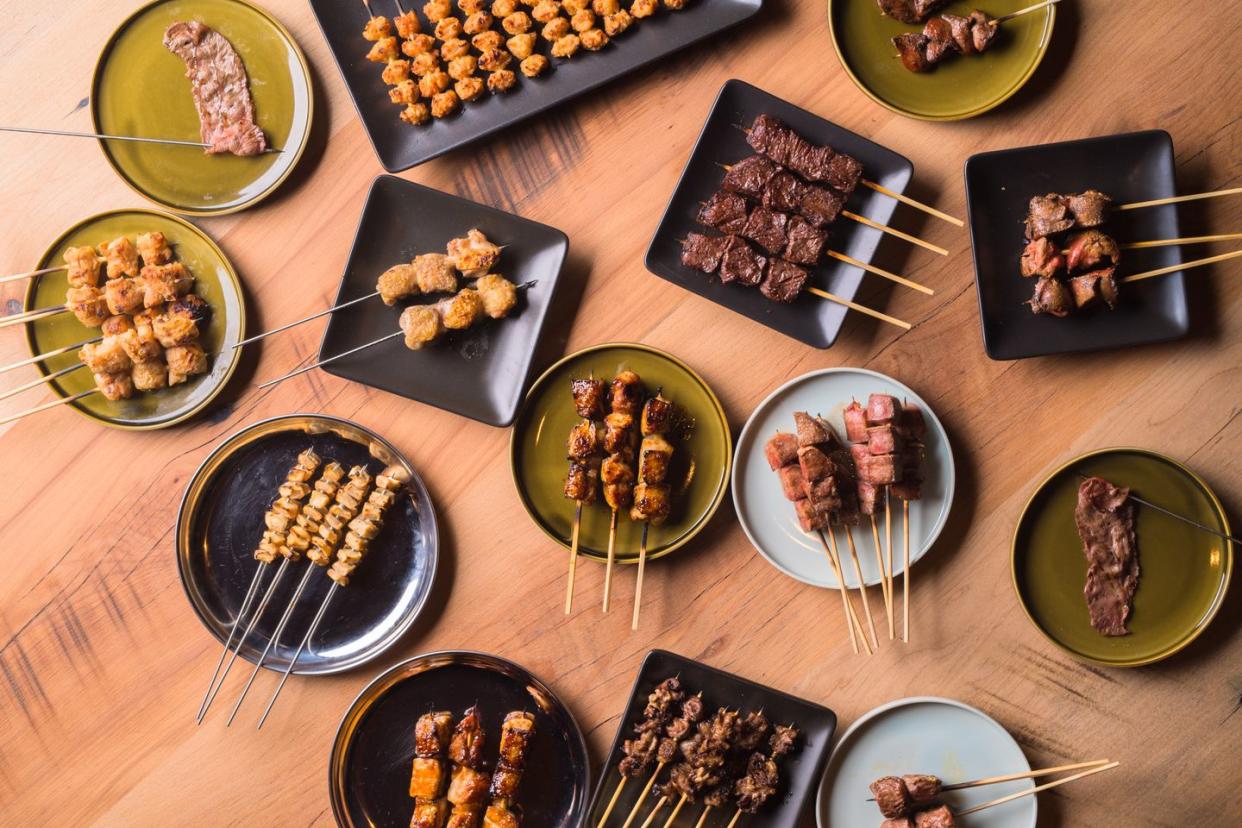
It’s hard to do justice to sightseeing in the world’s biggest city, but here are a few suggestions. Take a stroll through the Imperial Gardens, a 1.3-mile park that surrounds the home of Japan’s emperor. There are ruins from when the site was an Edo castle, and prime spots for hanami (cherry blossom) viewing. Ginza is the luxury shopping enclave, but it’s also an architecture (and window display) buff’s delight. Don’t miss the avant-garde Dover Street Market Ginza, designed by Comme des Garçons founder Rei Kawakubo, and look out for Jun Aoki’s LV-patterned Louis Vuitton flagship, Renzo Piano’s Maison Hermès Ginza, and the Kabukiza Theater, a kabuki theater rebuilt by the celebrated Japanese architect Kengo Kuma.
Peruse the Nezu Museum in Aoyama
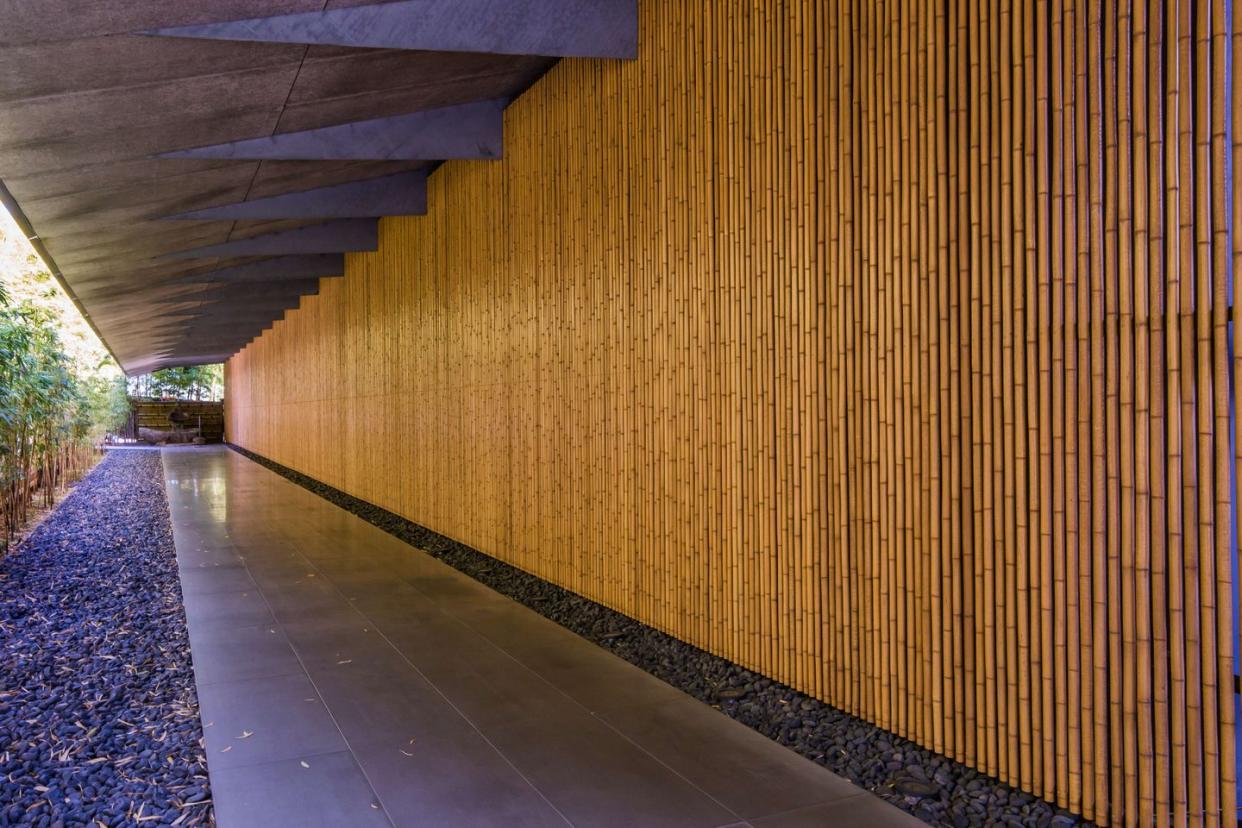
A frequent favorite is Aoyama, home of the Nezu Museum. Kengo Kuma was tasked with rebuilding the museum, created in 1941 to house the private collection of a Japanese railway magnate. The architect’s 2009 renovation features a bamboo path leading to the new entrance; inside, a minimalist glass-and-steel structure is the perfect backdrop for the Nezu’s collection of more than 7,400 pieces of Japanese and East Asian art, calligraphy, textiles, and ceramics. A highlight is the Japanese garden out back, with its tearoom and iris beds that burst open in late spring.
In the same neighborhood, the Spiral building (designed by Pritzker winner Fumihiko Maki) is a cultural center with an art gallery, a terrific gift store, and on the top floor, a fashion and interiors shop, restaurant, and market run by the fashion and lifestyle brand Minä Perhonen. Design junkies will also want to visit the nearby locale of Arts&Science, Sonya Park’s wonderfully curated boutiques devoted to fashion, home, and craft. Meanwhile, you can stock up on Nagasaki-style blue-and-white porcelain bowls at the Aoyama branch of the Hakusan Shop.
Further on in the posh Roppongi Hills district is the Mori Art Museum, a contemporary art museum with rotating exhibits at the top of a Richard Gluckman–designed office tower. Go for cutting-edge shows that feature global artists with a strong representation of Asian works; the current exhibition, “World Classroom,” includes pieces by Joseph Beuys, Ai Weiwei, and Yoshitomo Nara.
Enjoy Live Jazz at the Ritzy Park Hyatt Hotel
At night, head to the New York Bar at the Park Hyatt Hotel—and do it quickly, before the hotel shuts down for renovations in 2024. This is the jazz bar in the sky where Bill Murray met Scarlett Johansson in Sofia Coppola’s classic Tokyo film, Lost in Translation. It’s touristy, sure (the house drink is the L.I.T.—get it?—a blend of sake, peach liqueur, and cranberry juice). But the jazz is hot, and the 52nd-floor views of Tokyo’s neon and LED-lit sky are undeniably cool. In a setting this convivial, you are reminded that all it takes is a moment of connection to banish the loneliness of crowds—even in the world’s most populous city. Fortunately, the Park Hyatt promises to preserve the bar’s cinematic decor—from the murals of Radio City and the Rainbow Room to the long granite bar where a jet-lagged Murray and Johansson meet in the wee hours.
Take the Bullet Train to Kyoto
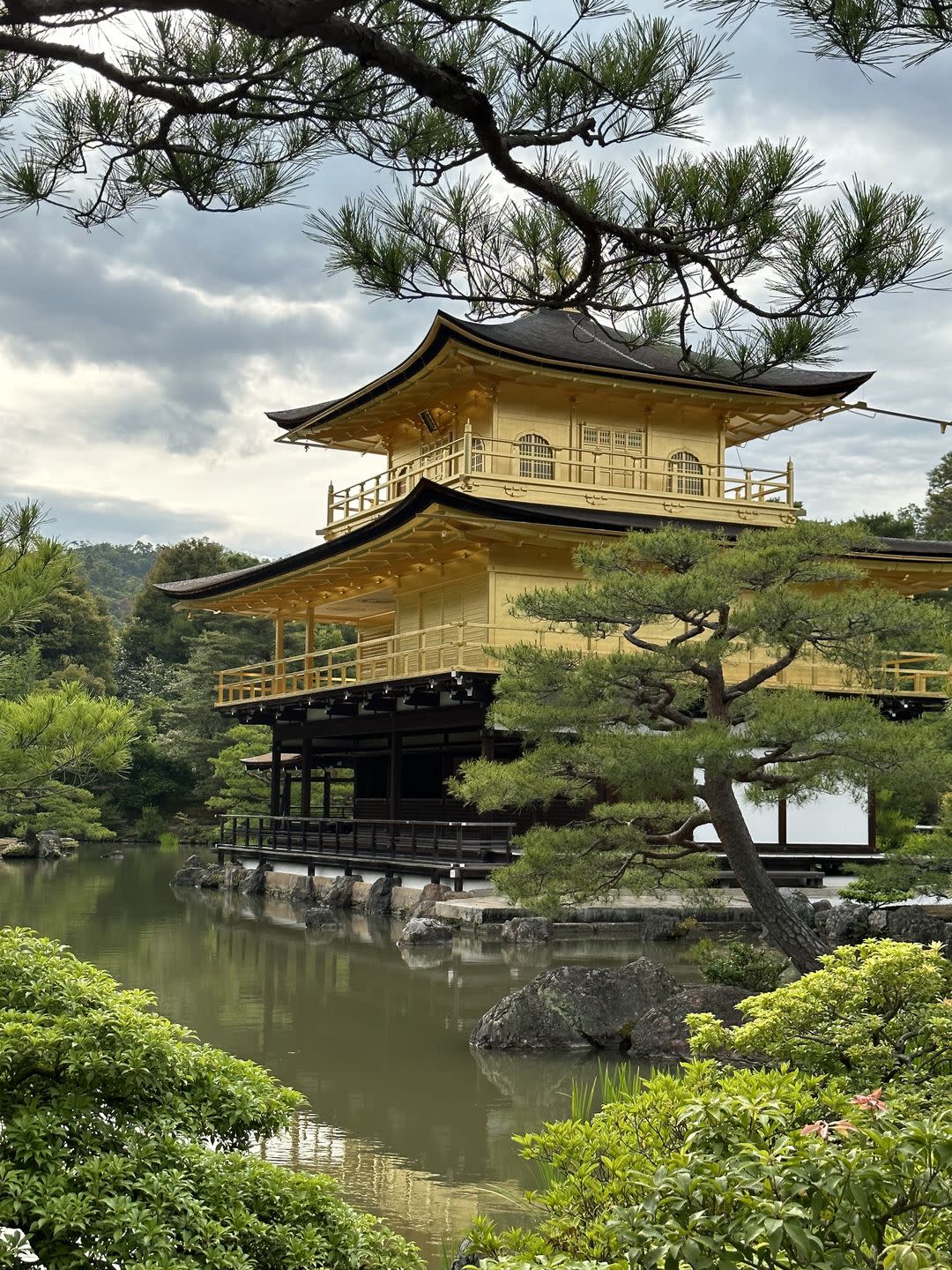
If Tokyo is the modern face of Japan, then Kyoto—the nation’s former imperial capital—is its heart and soul. The city is a living testament to Japan’s past, with thousands of Buddhist temples, Shinto shrines, Zen gardens, palaces, and pagodas, not to mention artisans keeping traditional craft alive, and working geishas in the historic district of Gion.
Not only is it a snap to get there via Tokyo’s speedy Shinkansen bullet train, but you might even spot the Japanese royal train (or even Emperor Emeritus Akihito himself!) there when you arrive, like this ELLE DECOR editor did during the city’s Aoi Matsuri festival, a parade that goes back to the seventh century.
Eat Soba Noodles at a 550-Year-Old Restaurant
Kyoto is steeped in tradition, but it is also a vibrant city with a large student population and a thriving foodie culture that recently lured one of the world’s most famous chefs—Noma’s René Redzepi—to move here for several months and create a pop-up restaurant at the Ace Hotel (Kengo Kuma and ELLE DECOR A-List firm Commune designed the property, which opened in 2020). “Nomaniacs” flew from around the planet for Redzepi’s sold-out dinners at $900-plus a pop, but local gourmets weren’t impressed.
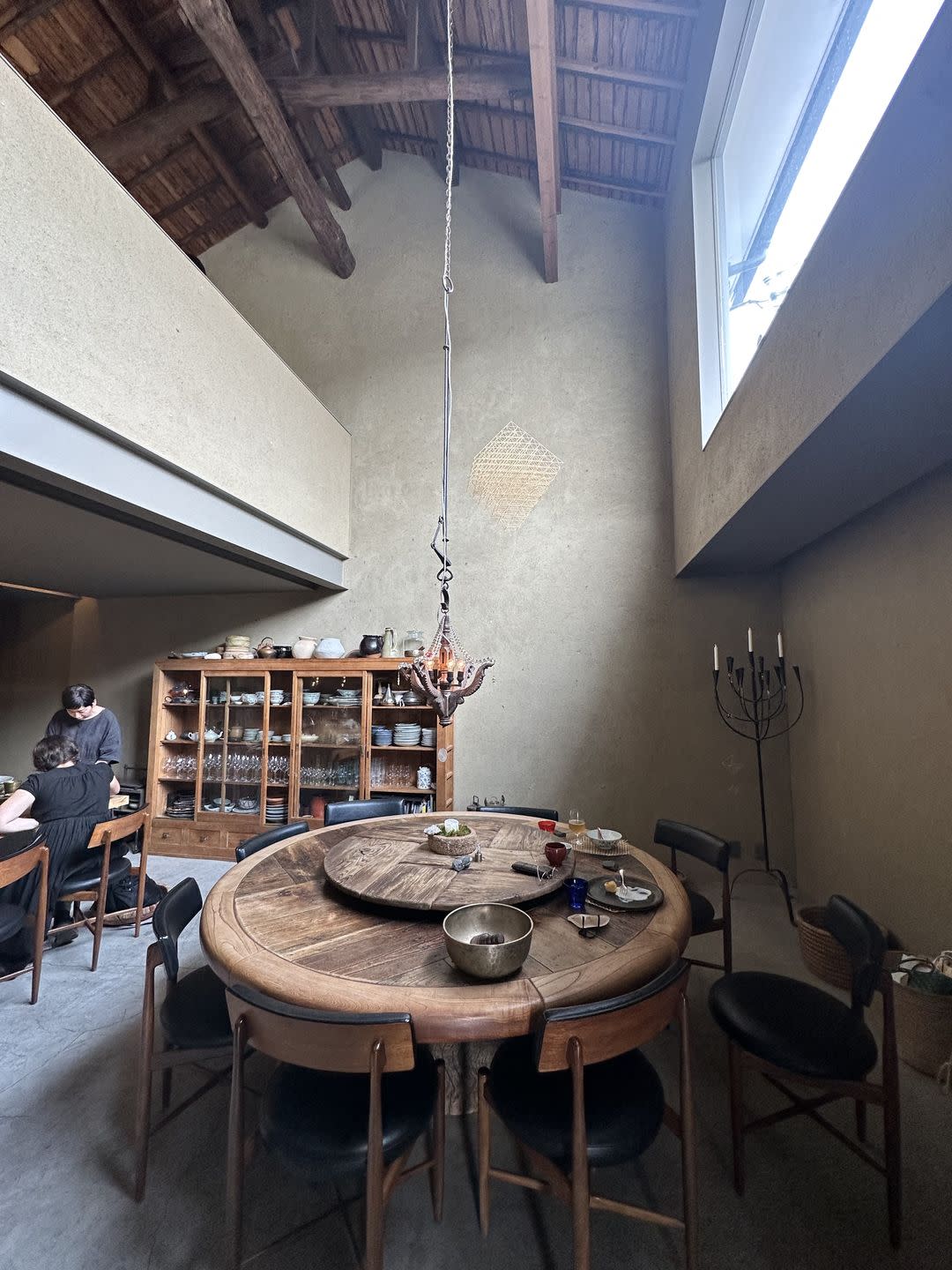
After all, Kyoto’s food scene is already diverse and thriving. It ranges from Owariya, a 550-year-old family-owned soba restaurant now run by its 16th-generation owner (and first woman), to Monk, the 14-seat pizzeria whose chef, Yoshihiro Imai, was immortalized on Chef’s Table. My favorite meal was at Farmoon, where artist turned chef Masayo Funakoshi (formerly of New York’s Blue Hill) serves her exquisite kaiseki (tasting) menu in a candlelit antique machiya (townhouse) that she renovated with the help of her friend, the designer Teruhiro Yanagihara. A recent dinner included paper-thin squid in an ink sauce that looked like calligraphy on the plate, grilled steak with spring peas, and strawberries in meringue—plus several other dishes and pairings of natural wines. Farmoon is also open on weekend days as a tea salon.
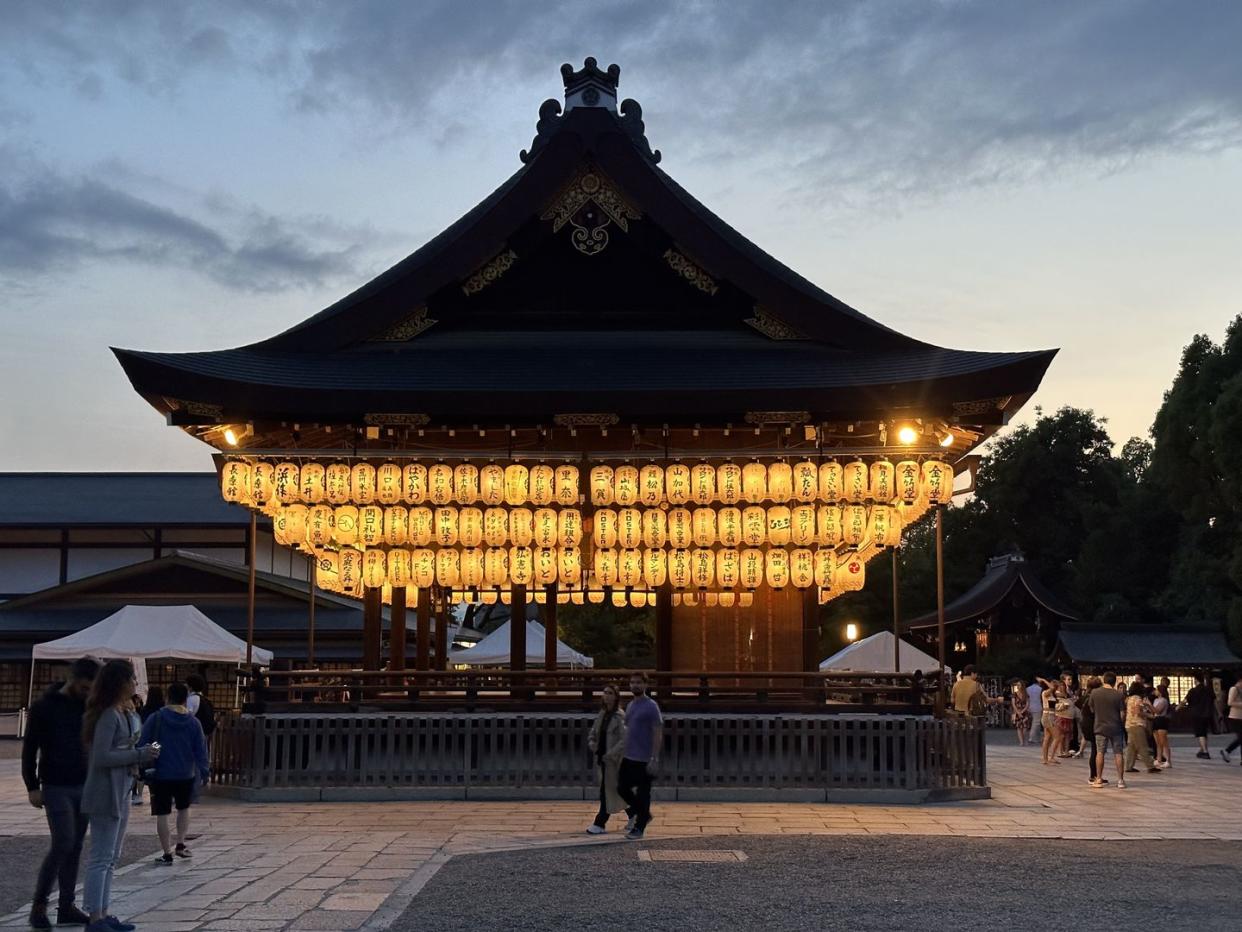
See 1,000 Golden Statues in the Thousand Buddha Temple
If Kyoto is sometimes compared to Venice in terms of the tourist hordes it attracts, the crowds tend to be focused on the biggest sightseeing spots like the Arashiyama Bamboo Grove and the famous orange gates of the Fushimi Inari Taisha shrine. But with 1,600 temples in the city, it’s the less visited ones that can be the most memorable. Don’t miss the 13th-century Sanjusangen-do—the “thousand buddha temple,” an all-wood structure filled with 1,001 golden statues of the thousand-armed Kannon, the goddess of compassion. Or visit another popular destination, the Yasaka-jinja Shinto shrine, with its colorful vermillion gate and outdoor sanctuary where worshippers pull on dangling cords to ring large bells. We’d advise going in the evening, when the crowds are thinner and the lanterns are lit and glowing. For more information on these and other Kyoto sites, visit Kyoto City’s travel site.
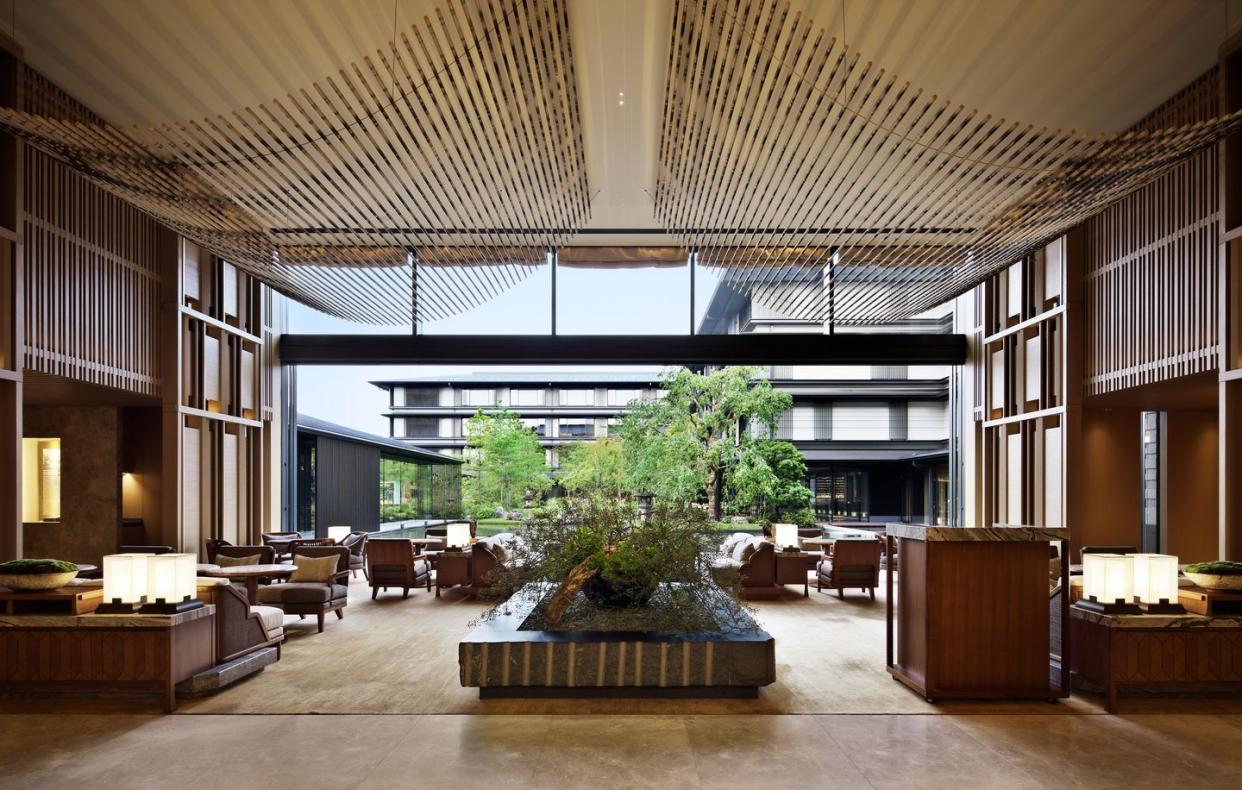
Get Your Onsen on at a Japanese Thermal Bath
Ryokans (traditional Japanese lodgings) and hotels fill up quickly in Kyoto, but fortunately the city expanded its offerings during the pandemic. Near the 17th-century shogun’s palace, Nijo Castle, Hotel the Mitsui Kyoto is an exquisite new property by Japanese architect Akira Kuryu and Hong Kong interior designer André Fu. The lobby overlooks a Japanese garden with a weeping cherry tree and private onsen baths that are supplied by a hot spring that runs beneath the hotel.
The Shinmonzen is another newcomer—an inn in a building by Tadao Ando, with a Jean-Georges Vongerichten restaurant designed by ELLE DECOR A-Lister Stephanie Goto. And since Kyoto is a sister city of Paris, the Fauchon L’Hôtel Kyoto—a boutique hotel with a prime location in the city’s center—is a hit with its chic rooms (stocked with free macarons flown in daily from Paris) and tea salon that has quickly become one of the hottest reservations in town. While the Fauchon version has a French accent, British-style high tea is trending in Japan, where five-star hotels seem to compete over whose tiered stands of savory bites, scones, and pastries are the most photogenic. We recommend trying the seasonal melon-themed version at the lounge on the 39th floor of the stunning Four Seasons Hotel Tokyo at Otemachi—another pandemic debut, designed by Jean-Michel Gathy.
See Some of the World’s Finest Kimono Fabrics at Hosoo
Kyoto is where you will want to shop for souvenirs. Nishiki Market is crowded but a must for food gifts, kitchenware, and chef’s knives (Aritsugu is one of the best). Kyoto-based kimono purveyor Hosoo, founded in 1688, has branched into luxury home textiles (ELLE DECOR A-Lister Peter Marino is reportedly a fan). The family’s 12th-generation owner, Masataka Hosoo, enlisted his architect brother, Naohisa Hosoo, in 2022 to design the brand’s gorgeous new Kyoto flagship, a minimalist space with rammed-earth walls and a tea salon on the ground level. The third floor houses a private kimono salon with a collection of 7,000 garments. Hotel the Mitsui offers guests a private kimono experience at Hosoo, where you can be dressed in a kimono by the brand (who also supply Japan’s royal family).
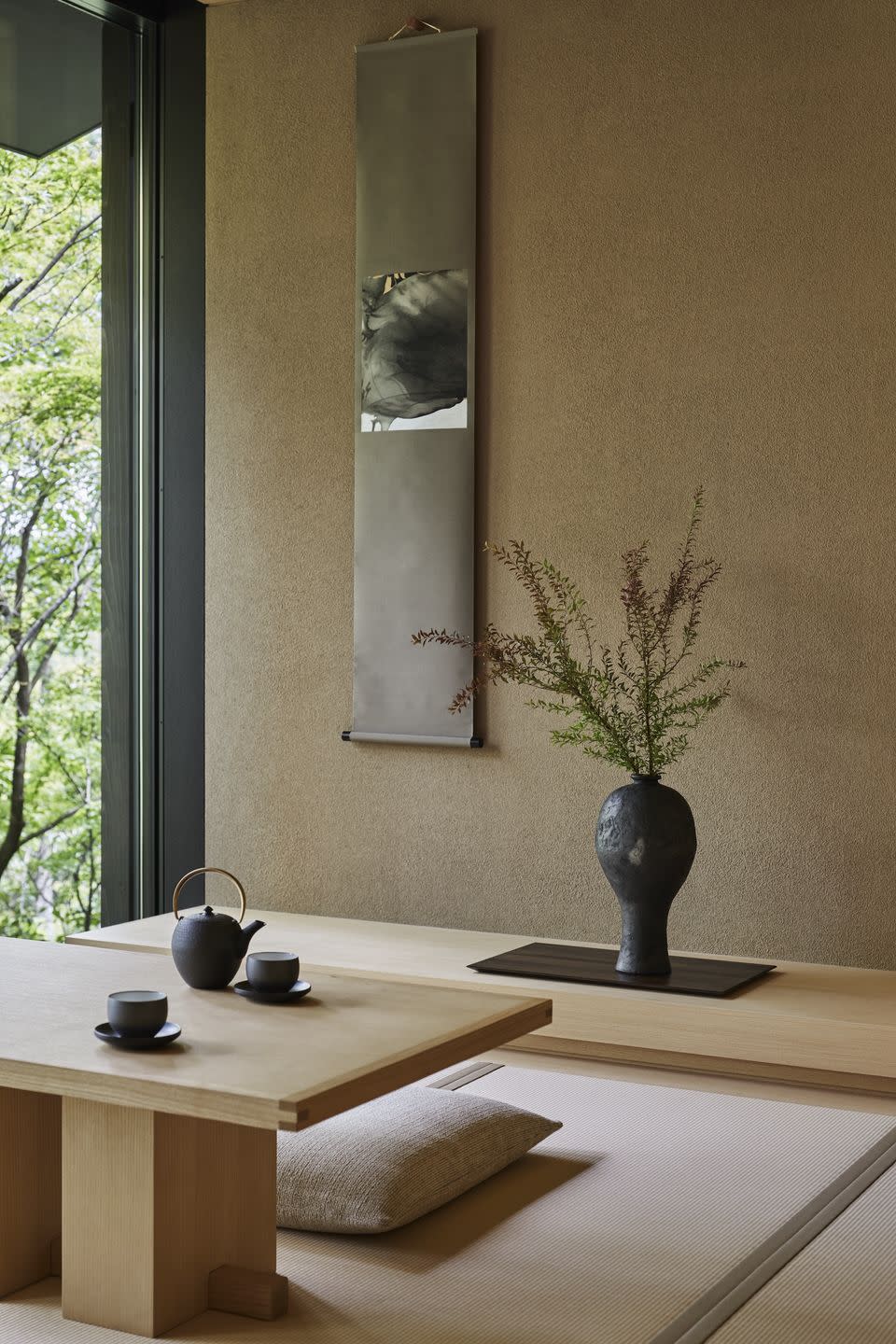
Meanwhile, fervent fans of the Aman brand make pilgrimages to Kyoto just to stay at their property there. Opened in late 2019, the hotel is situated in a hidden garden in a quiet part of town near Kinkakuji temple (Golden Pavilion) and was the longtime dream of its architect, Kerry Hill, who died a year before it opened. The 72-acre garden was tended for decades by the previous owner, an obi (kimono sash) collector, and incorporates forest paths lined with cedar and maple trees, lawns framed by granite boulders, hidden caves, and water tunnels.
Take a Day Trip to Osaka
“There are two things to do in Osaka: shop and eat,” a local told me. While the city, Japan’s second largest, is often overlooked on tourist itineraries, it can be the highlight of any trip for both of those reasons. Osaka is just a 20-minute trip by bullet train from Kyoto. And while there are sightseeing highlights here—including the 16th-century Osaka Castle and its surrounding park, Universal Studios Japan, and the Nakanoshima Museum of Art, a modern art and design complex that opened in 2022—the city is best enjoyed for its amazing eats and cool fashion sense.
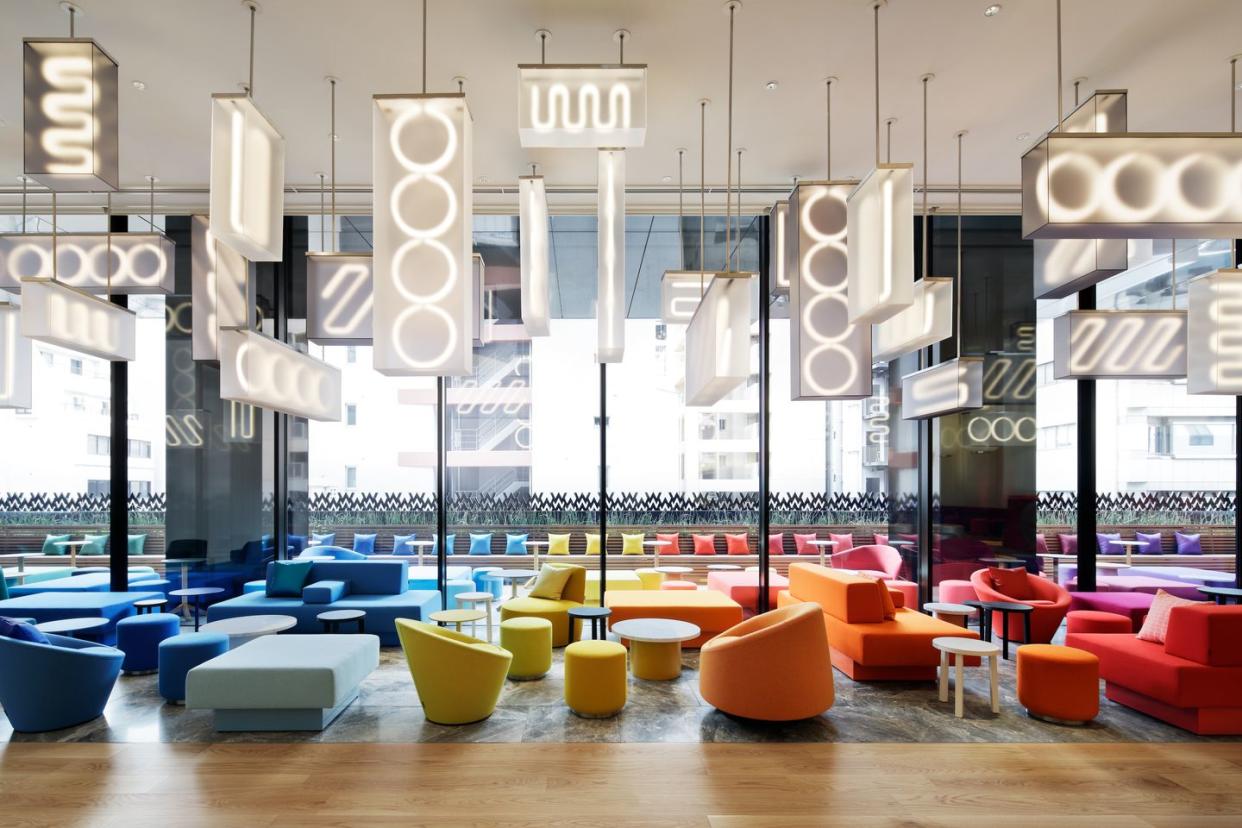
The W Osaka—the brand’s first Japanese property—is the perfect base. Hometown architecture star Tadao Ando designed the building, a black tower whose elegance is in high contrast to the fun, colorful interior. One enters through a light tunnel, inspired by origami and kiragami, and ascends to a lobby (by Tokyo firm Nikken Sekkei) with colorful lounge seating, a DJ booth, and a restaurant where the block-long breakfast buffet includes a sushi bar, eggs Benedict, and food stations including one where an Osaka’s specialty—takoyaki, or octopus fritters—are prepared in special molds. The hotel is in the middle of Osaka’s luxury shopping district, with stores like Louis Vuitton and Chanel nearby, but it’s also within walking distance to the eye-popping Dotonbori canal district, where the gaudy neon lights and gargantuan fast-food signs (don’t miss the giant moving crab over the Kani Doraku restaurant) are a sight to behold.
Travel to the Famed “Art Island,” Naoshima
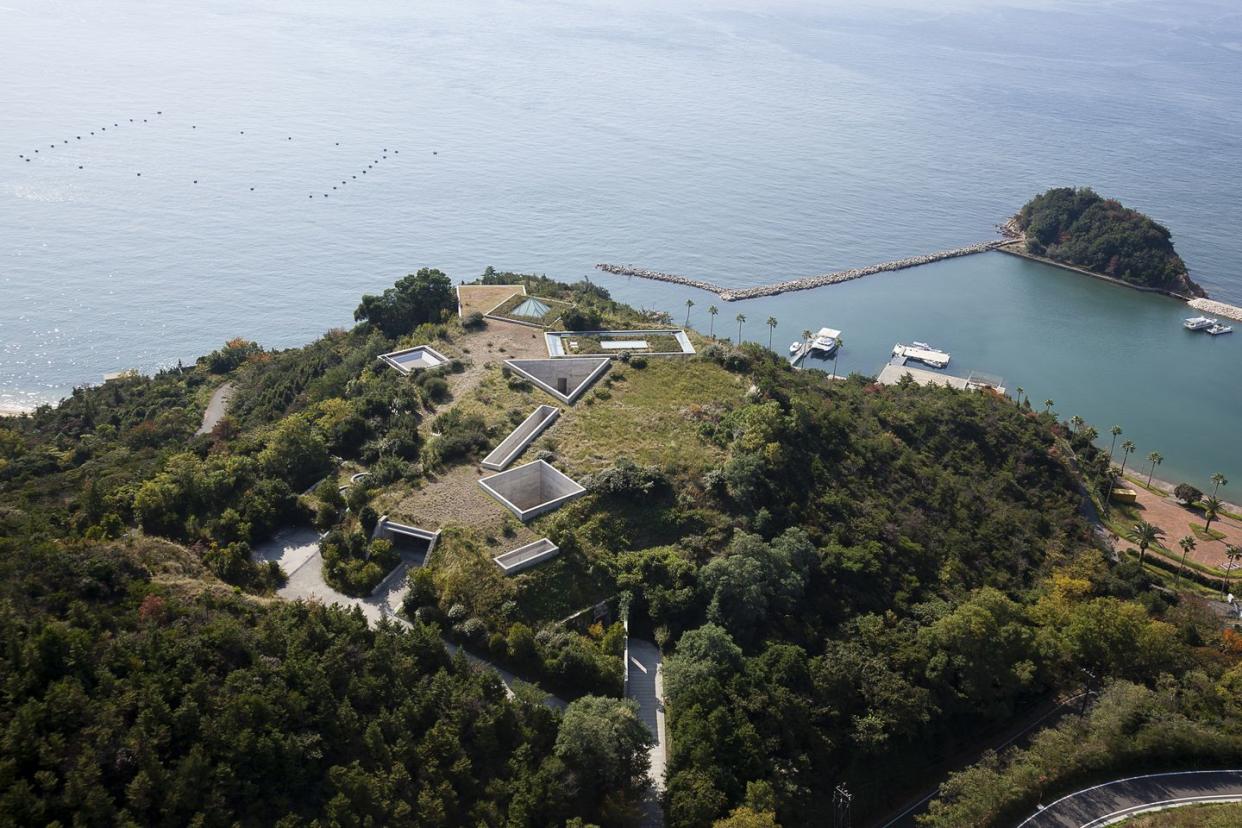
At the height of Japan’s isolation during the pandemic, one of its most famous residents attempted a breakaway: In 2021, Yayoi Kusama’s Yellow Pumpkin—the sculpture that put the remote island of Naoshima on the map as a global art destination—was swept away in a typhoon. Video of the incident shows the artwork rolling around in the water and the wind, sustaining considerable damage. Meanwhile, this art haven, with its Tadao Ando–designed museums, James Turrell installations, and Monet Water Lilies, waited quietly to return to life. Now the ferries to the island are once again packed, and at the Benesse Art Site Naoshima, a shiny new Yellow Pumpkin arrived in the fall of 2022 to reclaim her spot at the end of a pier overlooking the Seto Inland Sea.
The pandemic brought several other new additions, including a gallery devoted to the work of the Japanese photographer and artist Hiroshi Sugimoto (the entry ticket includes tea and sweets in the tearoom overlooking a garden with a glass teahouse designed by the artist). Ando also recently contributed his ninth building on the island, Valley Gallery, which houses Kusama’s Narcissus Garden, an installation of mirrored balls.
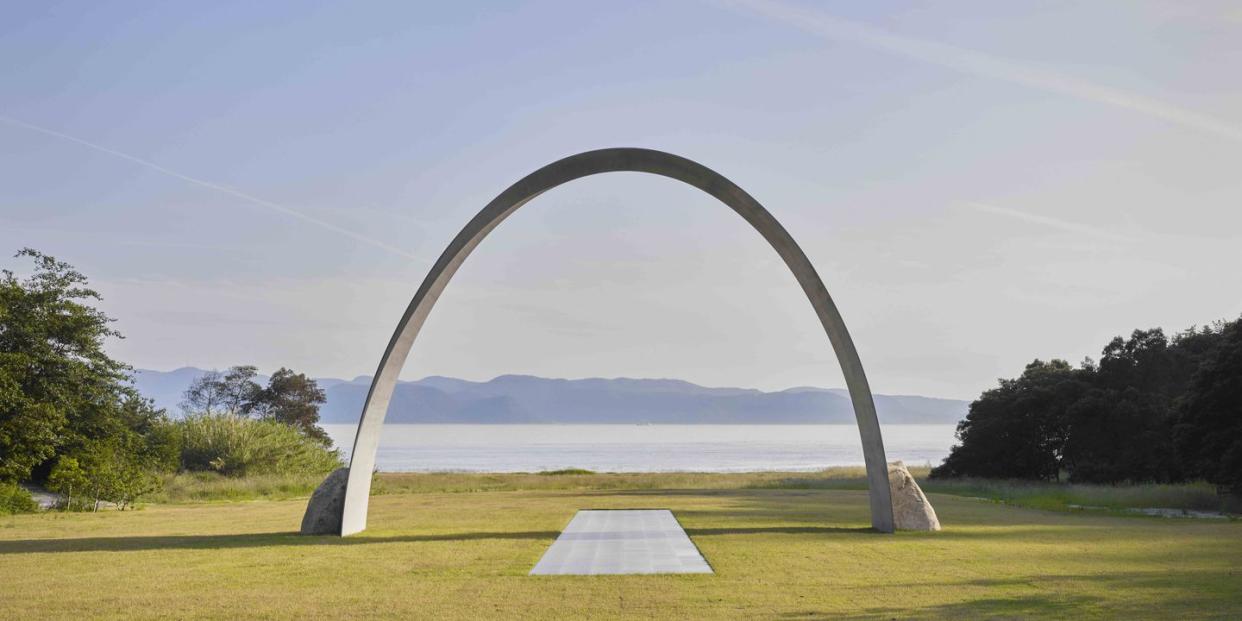
There is a lot to see on Naoshima, from the Benesse House Museum to the wonderful Chichu Art Museum, custom-built by Ando to feature the work of three artists—Monet, Turrell, and Walter De Maria—whose works are meditations on light. In the island’s Honmura district, seven empty houses have been converted into installations by artists, the most famous being an Ando and Turrell collaboration, Minamidera, with a surprise inside that we won’t divulge. If possible, stay overnight on the island, ideally at the Benesse museum’s own hotel.
The history of Naoshima and two nearby art islands, Teshima and Inujima, is fascinating. Naoshima and Inujima are home to a copper smelting industry, and Teshima until a few decades ago was buried under nearly a million tons of toxic waste. Japanese billionaire Soichiro Fukutake vowed to reverse the environmental damage. Inspired by the Shinto principle of honoring nature, he invested $250 million to restore the islands and establish them as an art hub. In 1988, he approached Ando (a self-taught architect and former boxer) and enlisted his help to create buildings to showcase art while existing in harmony with the geography of the stunning coastal location.
Spend the Night at a Modern Ryokan on Setoda Island
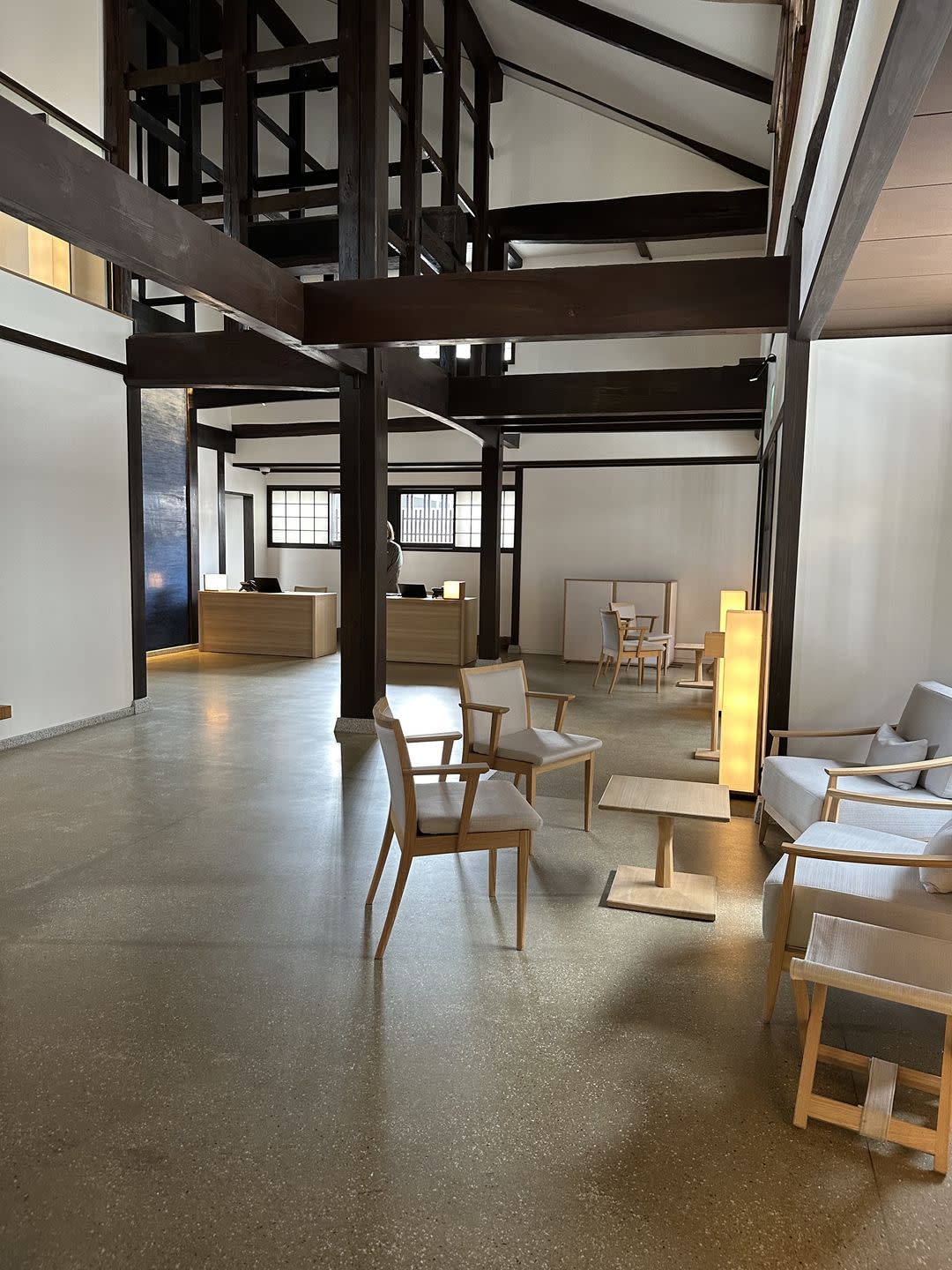
In Japan, the concept of omotenashi—or hospitality—is deeply embedded in the culture. The best place to experience it is in a traditional Japanese lodging known as a ryokan. These inns generally have traditional architecture, tatami rooms furnished with futons, and breakfast and dinner included. In 2021, the legendary hotelier Adrian Zecha (a founder of Aman, who is now 90) teamed up with Japanese partners to restore a 140-year-old house on Setoda, an island in the Onomichi region of Hiroshima, and turn it into a modern ryokan, Azumi Setoda. They bought it from the original owners—the Horiuchi family, famous salt traders on the island, which is known throughout Japan for its lemon harvest. The owners even left their collection of antique ceramic tableware, now in use in Azumi Setoda’s fine dining restaurant.
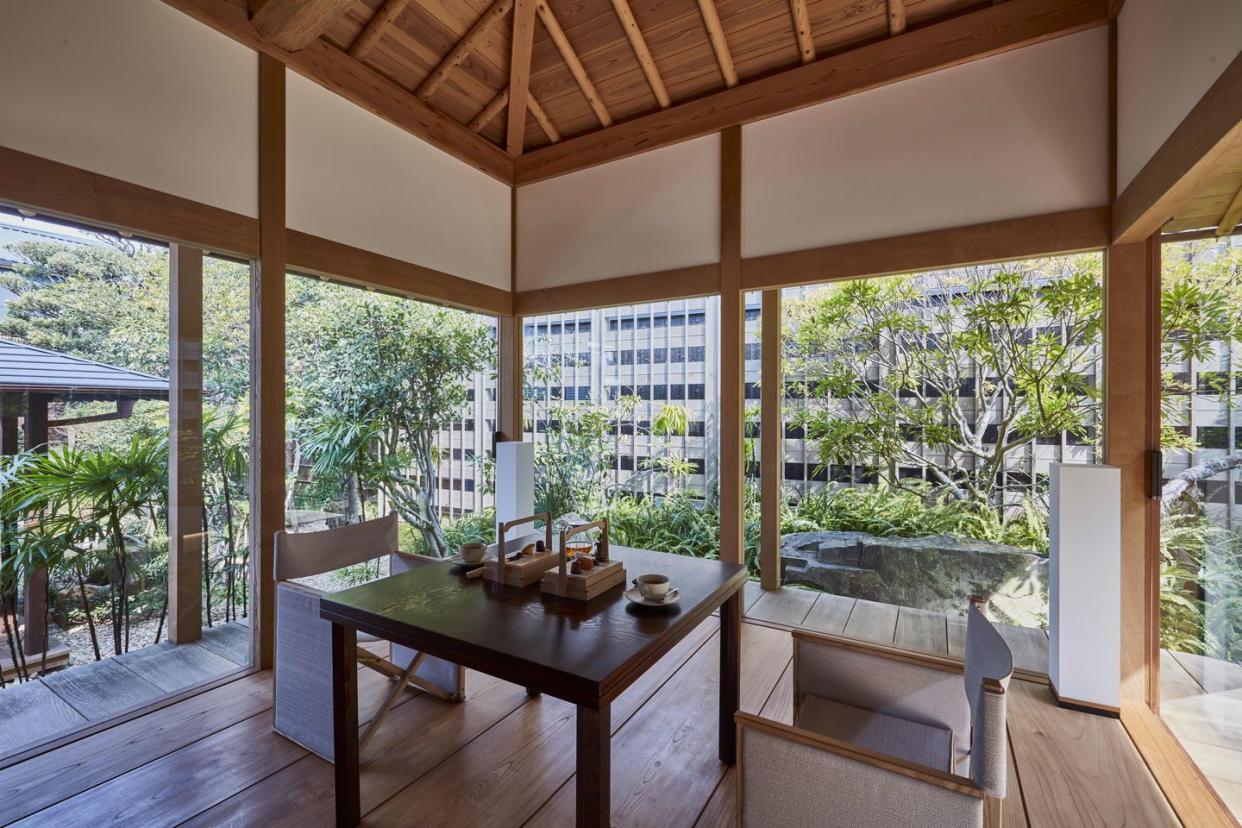
Word is just getting out about this beautiful property, which was restored by a Kyoto architect, Shiro Miura, who specializes in private homes and is trained in sukiya, a style of Japanese architecture that emphasizes simplicity, natural materials, and gradual change. He enlisted Kyoto’s renowned carpentry group, Sankakuya, to collaborate with local Setoda artisans on a careful restoration. The timber construction of the original house was completely restored and now houses the lobby and restaurant, while a new wing contains guest rooms designed in cedar, washi paper, and granite; bathtubs in fragrant hinoki wood overlook private gardens. The Sankakuya team also built a teahouse in a garden framed with a cedar kakine (hedge) fence. Across the street, the hotel also operates a traditional bathhouse (open to the public, free for guests) with whimsical mosaics by artist Mai Miyake.
Some Final Tips Before You Go
Here are a few tips for traveling in Japan.
Journalist Mihoko Iida’s recent book, Japanese Interiors, is a terrific primer to the art and craft of the country’s private homes, offering insights into Japan’s design heritage. The concept of interior design in Japan, Iida explains, is less about color and decor than it is about how such natural elements as wind and light move through a space. And it’s not all about minimalism, either. “Japanese,” she writes, “are maximalists at heart.”
Those on tourist visas are eligible for the Japan Rail Pass (JRP), which can only be purchased overseas. The pass, which comes in weekly increments and is good for unlimited use, is a considerable savings. Just be aware that not all train lines accept the JRP, and that trains require advance seat reservations. The JRP office in any train station can help with seat reservations. If you have oversize luggage, you will need to book the front row seats in a cabin. Also note that train tickets can only be purchased at the station with cash—no credit cards are accepted. Don’t forget to pick up a delicious bento lunch box at the train station to enjoy on your trip.
It’s wise to have cash on hand when traveling in Japan as credit cards are not accepted everywhere. It’s easy to find an ATM—there is one in almost every convenience store (usually 711, Lawson, or Family Mart). These shops (known as konbini) are hugely popular in Japan, as most are open 24 hours and have tasty grab-and-go meals and toilets for public use.
Be prepared to take your shoes off to enter many establishments in Japan, including hotels, temples, and restaurants. For that reason, most Japanese wear socks, even with sandals. And be warned: It’s considered unsightly to don socks with holes (not that you would!). Head to Uniqlo to stock up on fresh pairs.
Japan’s summer is famously hot and humid, but don’t pack shorts—they are rarely worn. Equally, don’t take too many pajamas—in another example of omotenashi hospitality, many hotels provide them for guests, along with toothbrushes and almost every other possible amenity.
For reading Japanese menus and signs and communicating your needs, Google Translate is a huge help. Or download a translation app like Waygo—just point your phone and the translation magically appears. You don’t even need Wi-Fi.
You Might Also Like
